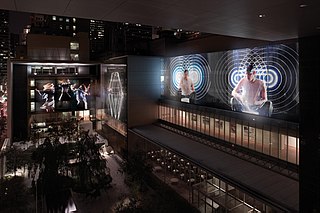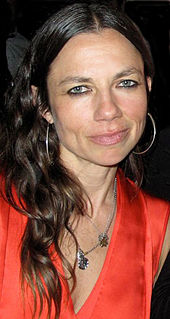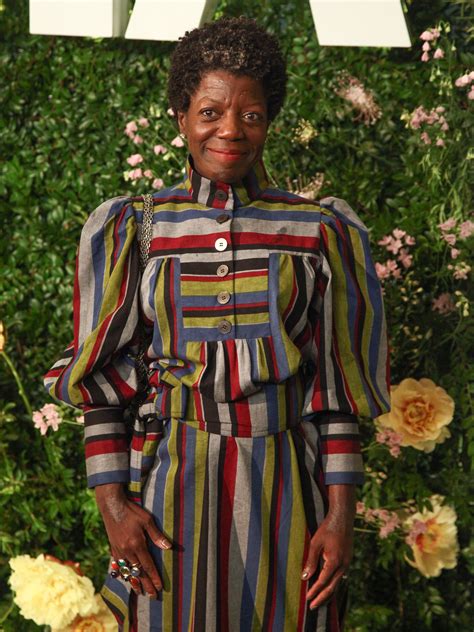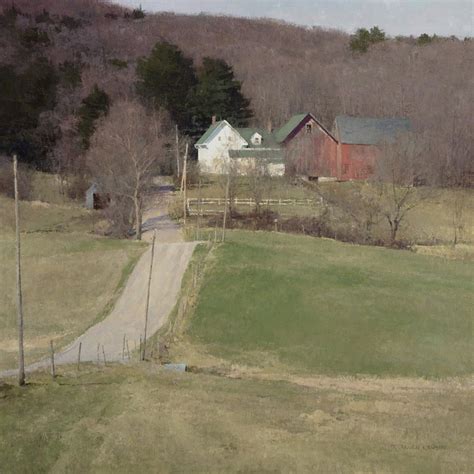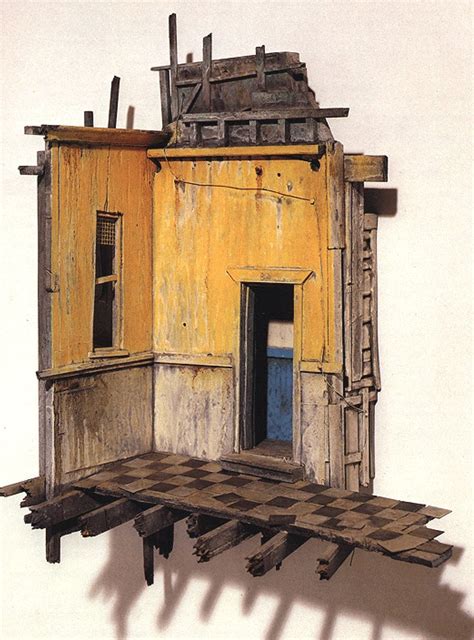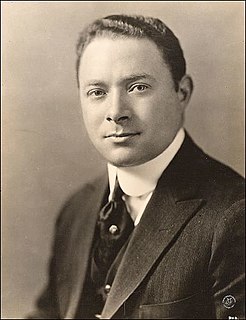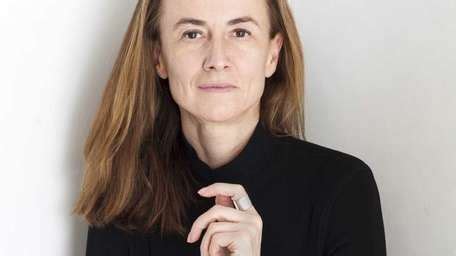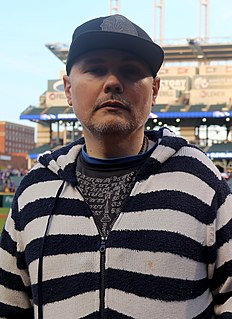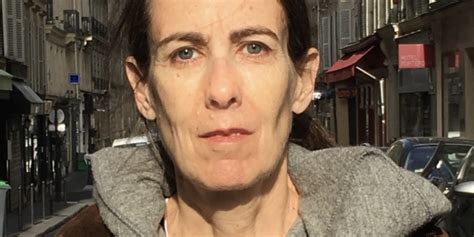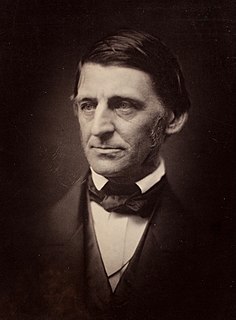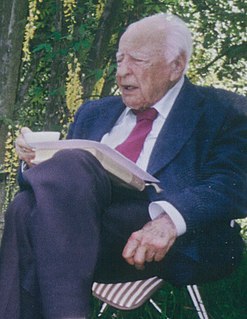A Quote by Doug Aitken
The idea of a 'happening' is that there is little distance between the viewer and it, whatever 'it' is. It's an experience that's on-going and evolving.
Related Quotes
Touring was an abstract idea for me in the beginning. I didn't know where it was going to take me, but I knew that I wanted to go and play for lots of people. I always had that image in my mind. I had no idea what the touring experience was like, and how it was going to unfold, but I knew that I wanted to tour. Then it just started happening slowly started happening.
At 16, 19, 20, you're just kinda going along with whatever's happening. You're not as proactive as you become when you're older. And particularly, something like fame that's happening so quickly - the requests are coming so quickly for you to do interviews or photo shoots, or you're getting work opportunities or whatever, it's happening so fast.
I want to create objects that will stimulate the viewer in ways that I am stimulated by these objects. Now that's an ideal situation and the artist has no control over what his audience is going to think, but they can try to communicate some quality, some poetry through the work and just hope that the viewer has something in the vicinity of a similar experience.
A lot of the pieces I've done over the years have involved alterations of scale and the idea of the viewer's relationship to the object and how we see things by either enlarging or reducing objects, it causes the viewer to look at them again. It's hard to do because our culture is so bombarded by images and media. How do you make something fresh for a viewer? That's a real challenge.
In her previous novels, Maggie O'Farrell has often measured the distance between intimates and the unexpected intimacy of distance - geographic, temporal, cultural. In 'The Hand That First Held Mine' and 'The Distance Between Us,' characters separated by many miles or many years turn out to be joined in ways they never anticipated.
I don't need to control the mind of my viewer. Now this might sound contradictory because I want to make these installations set up an environment that will produce a certain kind of experience in the viewer, but beyond a certain point, I take hands off and leave it up to chance and personal experience. So maybe it's a marriage of control and no control we're talking about where the artist produces the artifact or the environment and then walks away from it, and the second half of the equation is the viewer and their personal history and how they feel about what they're experiencing.
Describing some kinds of feelings comes across as too excessive in the first person. If you put it in the third person, you're taking a little bit of a distance, and that way it becomes more apprehensible to a viewer. You're always riding this fine line of risking saying too much, do you know what I mean? When you feel you're in that area, if you shift the address a little bit it can alter it.
There will be an agreement in whatever variety of actions, so they be each honest and natural in their hour. For of one will, the actions will be harmonious, however unlike they seem. These varieties are lost sight of at a little distance, at a little height of thought. One tendency unites them all. The voyage of the best ship is a zigzag line of a hundred tacks. See the line from a sufficient distance, and it straightens itself to the average tendency.
It is one of the primary motives of modern art that it wants to abolish the distance which the viewer, the consumer, the audience maintain vis-a-vis a work of art. There is no doubt that the leaders of the creative artists of the last 50 years concentrated their efforts mainly on eliminating that distance.
